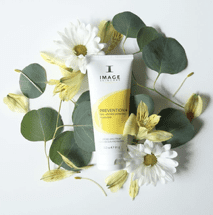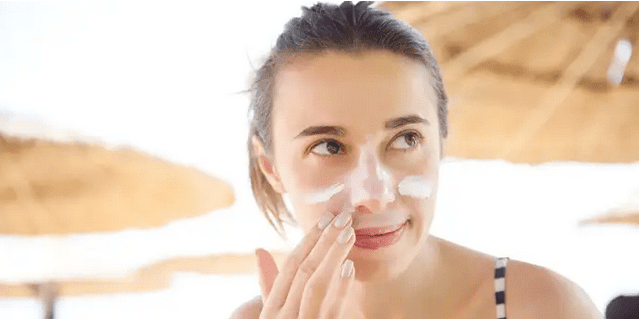Rethinking sunscreen for summer.
The FDA is rethinking sunscreen, and some states are even banning ingredients.
Personally, I think you should just stay out of the sun, but that isn’t always practical.

Sunscreen ingredients
There are 14 common ingredients used in sunscreens available in the United States.
Two of them, zinc oxide and titanium dioxide are often referred to as “natural,” “mineral,” or physical” sunscreens. They sit on the surface of your skin and reflect UV light. The other 12 including oxybenzone, avobenzone, and octisalate, are typically called “chemical” sunscreens. They sink into your skin’s top layer and absorb the sun’s rays before they can cause damage.
Physical or chemical sunscreens?
Dermatologists generally agree that a physical sunscreen is the preferred choice because they are more effective and safer for everyone. They also work immediately, unlike chemical sunscreens. The problem is that some physical sunscreens with zinc oxide or titanium dioxide can feel chalky or leave a white cast on the skin. Chemical sunscreens tend to be more translucent and feel better on the skin. Test the options and decide for yourself.
Save the coral reefs!
Will my sunscreen destroy the ocean? Some ingredients aren’t good for marine life. “When they wash off the skin and into water, oxeyenzone and octinoxate can cause irreversible harm to the ocean’s natural resources, particularly coral.” If you will be swimming in the ocean, mineral or physical sunscreens are the better option.
Higher SPF for fair skin
I am fair skinned and I use 50+ sunscreen. When using sunscreen, I must always remember to reapply every two hours when in the sun. My favorite is Image Prevention 50+ for my face and neck and then I use 30+ for my body. My go-to product when I am out and about and would like some color on my face is Image Prevention+ daily 30+ SPF tinted moisturizer (oil free).
Sunscreen is for everyone
My dark-skinned friends must also wear sunscreen if they want to avoid sun damage, like dark spots and wrinkles. Skin cancer may be somewhat less of a concern for those with dark skin, but dark skin doesn’t prevent skin cancer. Perhaps the thought should be – better to be safe than sorry.
Makeup with SPF
My make-up says that it has sunscreen, is that enough? No. You should apply your sunscreen
over your body and face first. Then apply your products that have sunscreen second and consider its SPF a bonus.
Other Solutions
The newest and coolest solution to the (UV) radiation, and exposure to those rays that lead to sunburn, premature skin aging and skin cancer is (UPF) Clothing. One of the great joys of being outdoors is basking in the soft, warm glow of the sun. The clothing is especially helpful for sun-sensitive people, children, people at high elevations or people that are on snow or water.
Also, there are medications that intensify the sun’s effects.
There are many companies that carry Sun Protective Clothing. It is becoming a fast-growing sector of the clothing industry. It may sound a bit neurotic but you should still wear sunscreen
underneath your clothing. Most sun protective fabrics do let small amounts of sunlight pass through.



